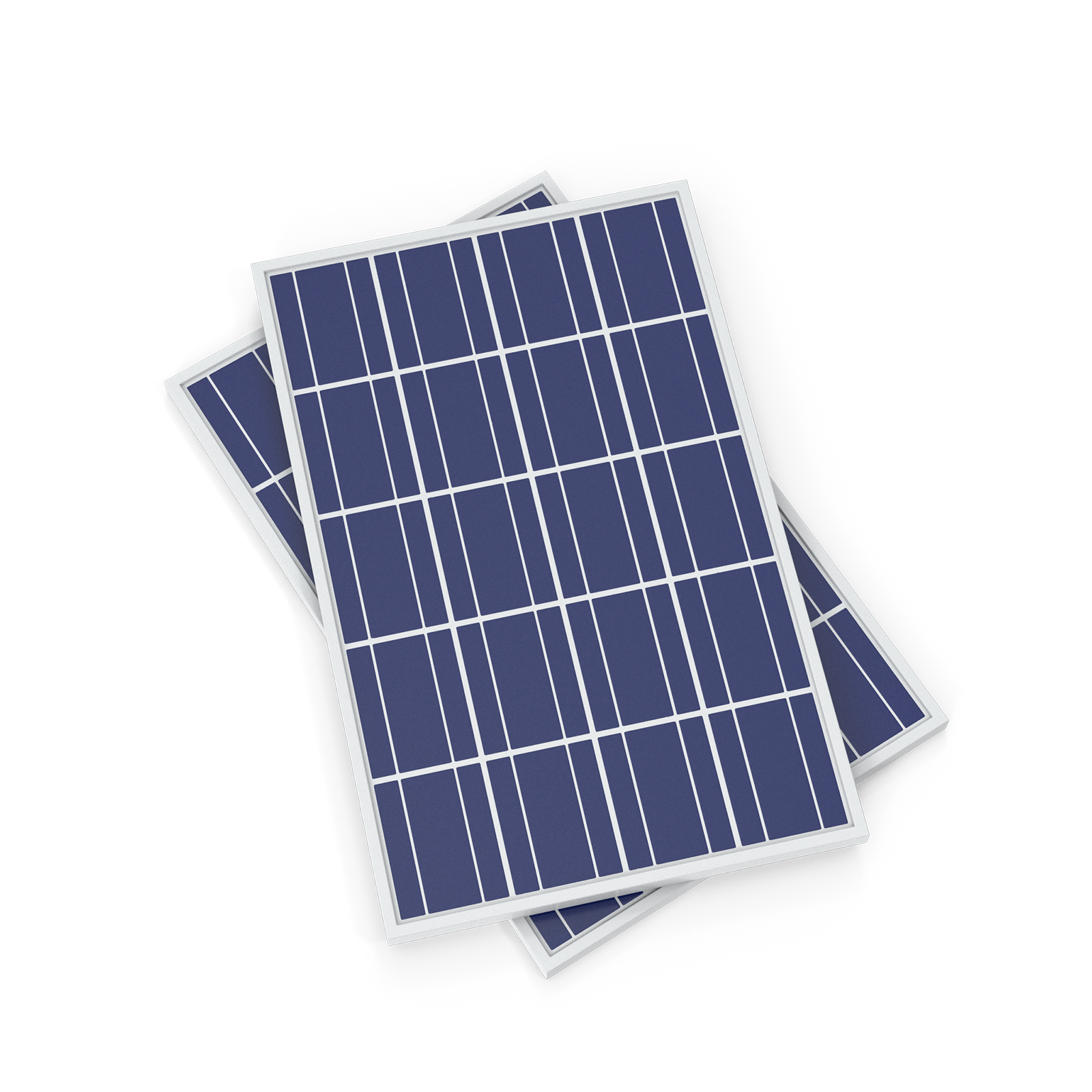In a world increasingly aware of the need for sustainable energy, certain sectors stand out as prime candidates for the solar revolution. Schools and hospitals, with their large rooftops and heavy daytime energy use, are already beginning to realize that solar isn’t just an eco-friendly choice — it’s a strategic one. But the story doesn’t end there; many more institutions stand to benefit greatly from harnessing the sun.
Schools: Powering Education with Sunshine
Schools are natural fits for solar energy.
• They operate mostly during the day — perfectly aligning with solar production hours.
• Rooftops of classrooms, auditoriums, and playground shade structures offer plenty of panel space.
• Lower energy costs mean more funds available for books, technology, and student programs.
This is even more critical in desert regions and hill stations, where access to reliable grid power can be limited, but sunlight is abundant. Many schools in such areas already suffer from power outages that disrupt learning — solar power ensures classrooms stay bright, computers stay on, and children’s education continues uninterrupted.
Hospitals: When Every Second Counts
Hospitals can’t afford to go dark — ever.
• Operating rooms, ICUs, labs, and refrigeration systems all depend on constant power.
• In remote or underdeveloped areas, hospitals are often forced to rely on expensive diesel generators.
• Solar energy provides a clean, reliable alternative that safeguards lives and cuts fuel costs.
Especially in regions with long sunny days — deserts, highlands, or isolated communities — solar energy helps hospitals focus on saving lives instead of worrying about power cuts or fuel shortages.

Who Else Needs to Go Solar?
While schools and hospitals lead the way, several other sectors also stand to gain significantly:
• Government buildings & public offices: Reduce taxpayer-funded energy bills and set a green example.
• Warehouses & industrial units: Large flat roofs and high energy needs make them ideal candidates.
• Agricultural operations & cold storage: Farms, especially in sunny plains and hills, can run irrigation pumps and cold rooms efficiently on solar.
• Community centers & religious institutions: High usage during the day, large open spaces, and a focus on serving the public make solar a natural fit.
“We called Imagine Clany Eco when another company cancelled on us last minute for our move-out cleaning. Clany Eco was able to book us and make it out in 2 hours and did an amazing job. We even got our deposit back.”
John Smith, CEO & Owner Tweet
The JM Green Advantage
Whether it’s a school in the hills of Munnar, a hospital in the deserts of Rajasthan, or a bustling warehouse in an industrial zone, JM Green has the expertise and technology to make solar a reality.
From assessing your site to designing, installing, and maintaining your solar power system, we bring tailored solutions that are both cost-effective and environmentally responsible. With JM Green, you’re not just installing solar panels — you’re building a brighter, cleaner, and more resilient future for your community.
Ready to make the switch?
Let’s turn those rooftops into power plants and bring uninterrupted, affordable energy to where it’s needed most.
Contact JM Green today — because the sun is waiting.


This is a great reminder that financial planning isn’t just about numbers; it’s about aligning your money with your life goals. Physician Lifecycle Planning can help you make the most of your earning potential while ensuring you’re also prioritizing your well-being and quality of life.